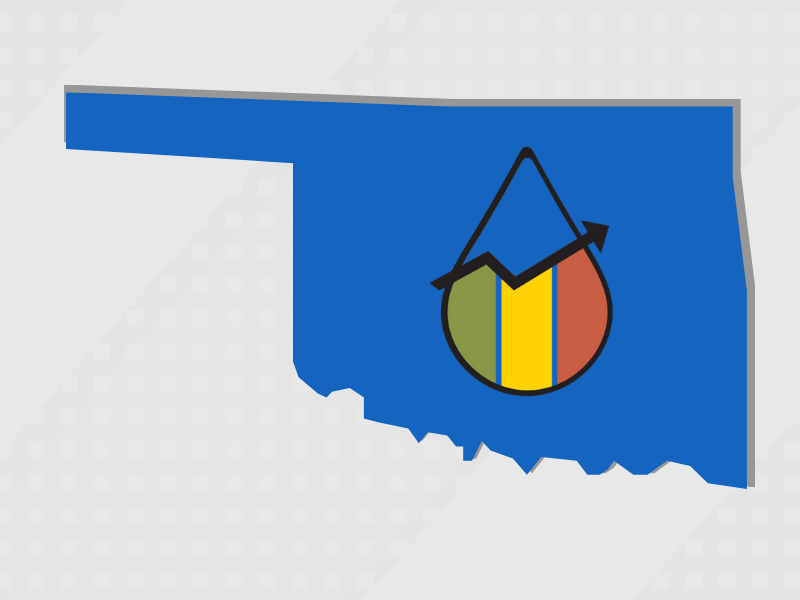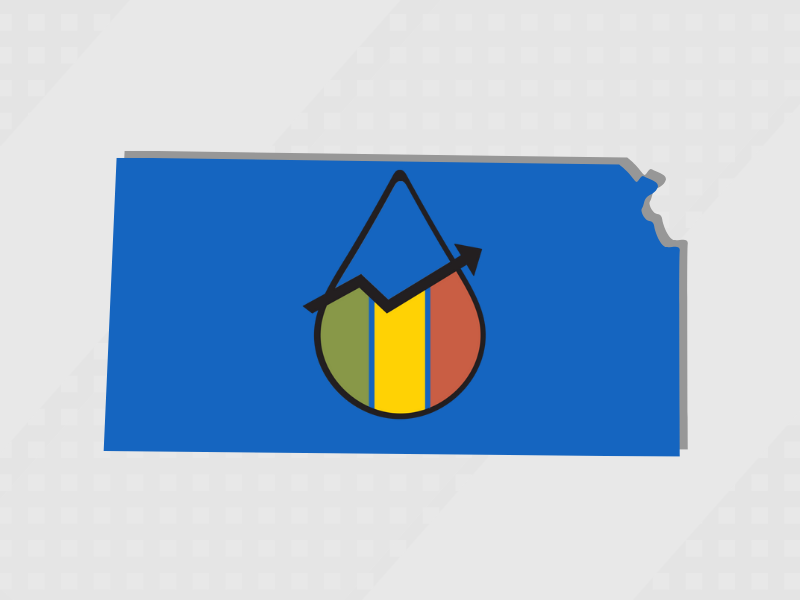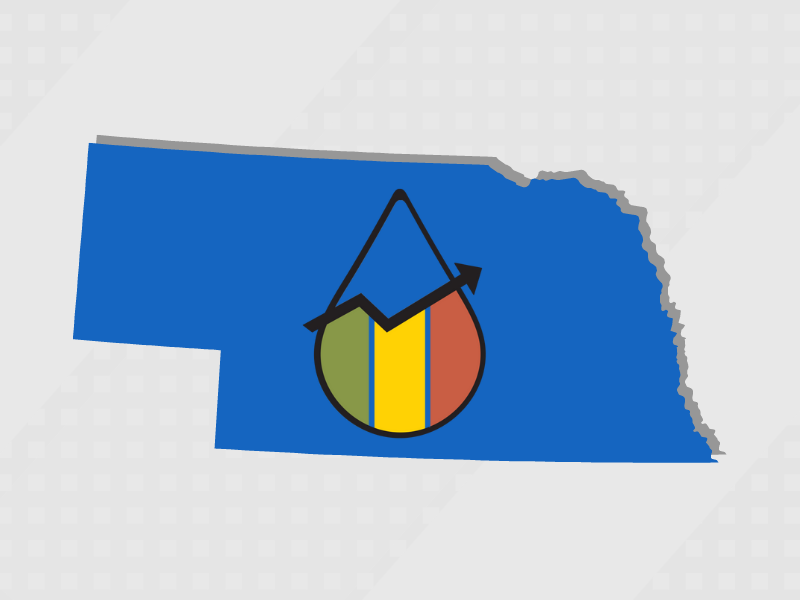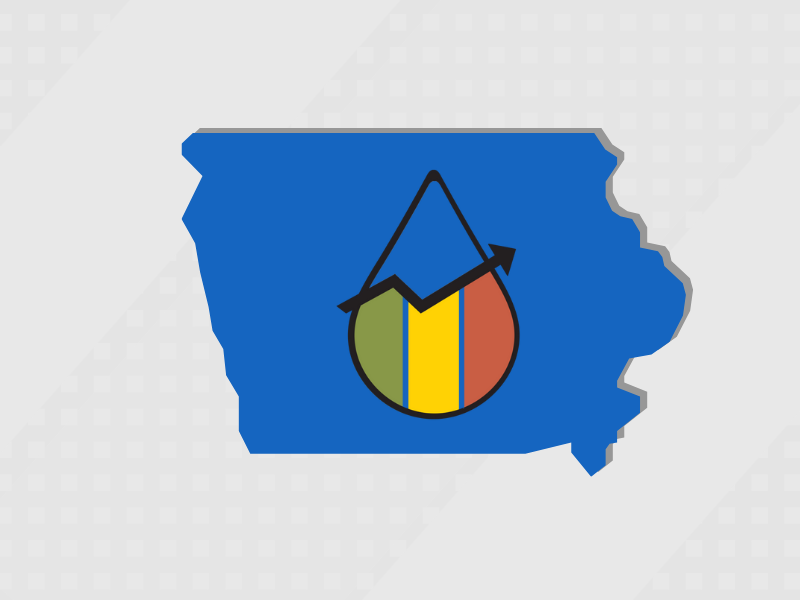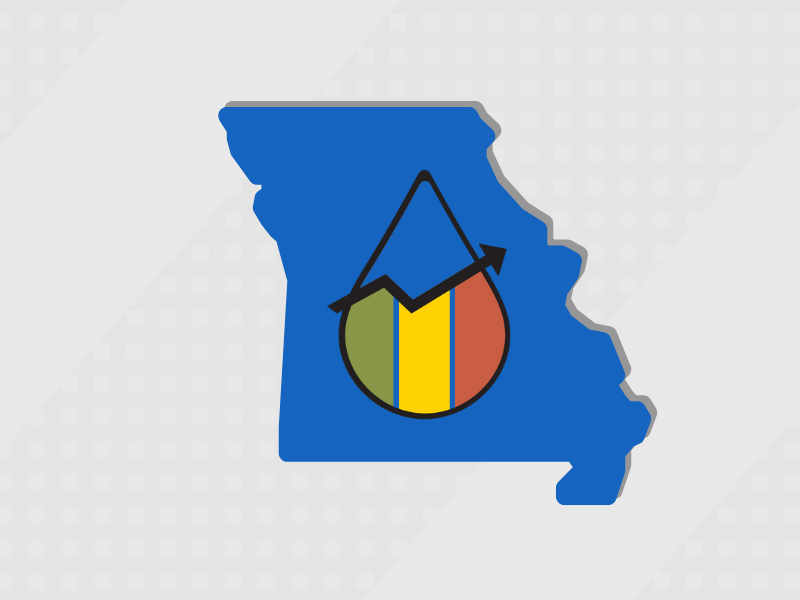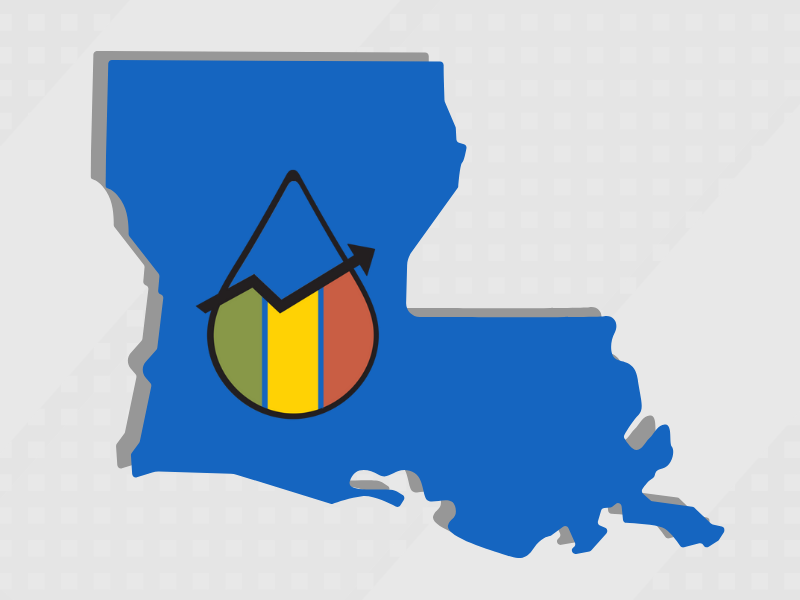Community Sustainability Tool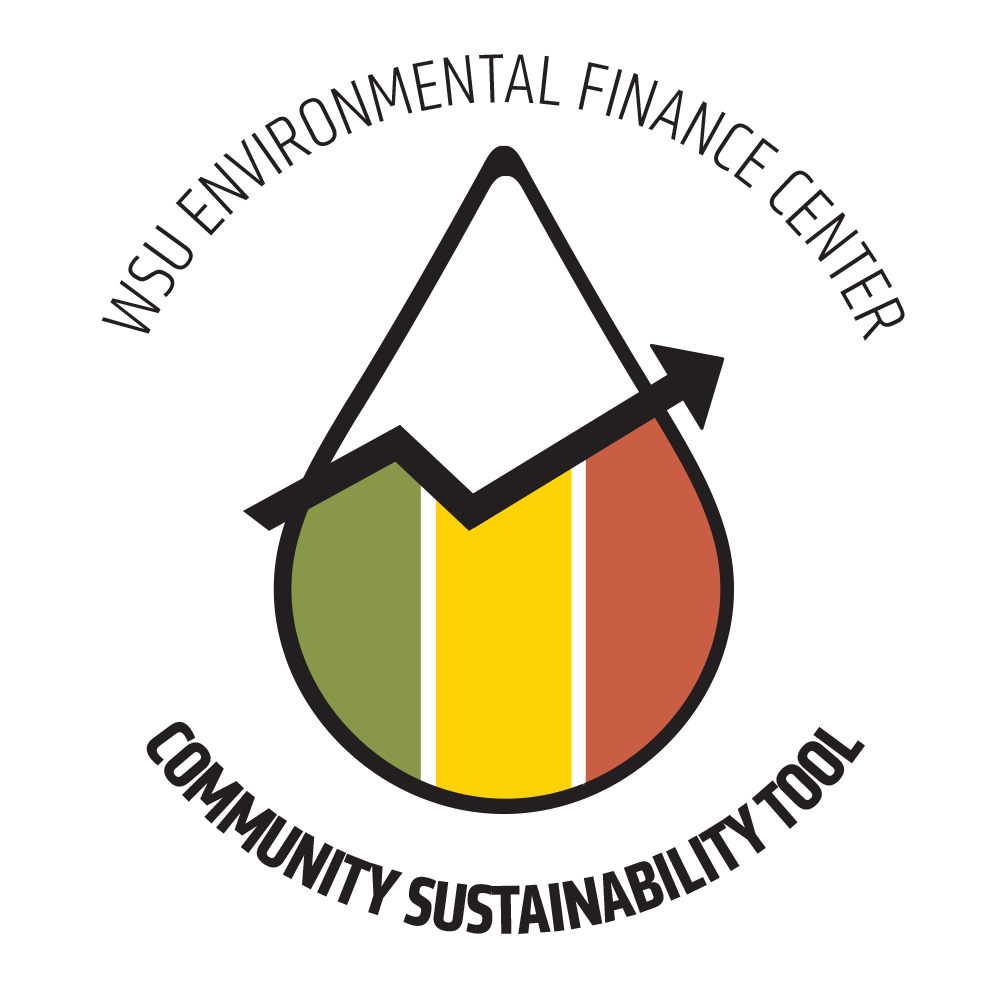
Many communities throughout the country are faced with difficult decisions about updating or replacing their aging drinking water and wastewater utility infrastructure in order to continue to provide their customers with compliant, safe drinking water and sewage treatment processes. These investments are expensive and take careful planning by community decision makers to determine how, when and if the community can pay for such investments over time.
WSU Environmental Finance Center's Community Sustainability Tool is a user-friendly planning resource that helps municipalities, states and other organizations assess if their community's water/wastewater rates can potentially support infrastructure investment. The tool is currently available for communities in Kansas, Iowa, Nebraska and Missouri.
This financial planning resource uses a combination of inputs about your community, along with program-generated data, to broadly forecast future water and wastewater bill costs in relation to median household income. High, moderate and low risk indicators display the probability that the community will not be able to sustainably finance the investment over time.
Check out the online tool Download Excel Versions of the Tool Watch a demo of the online tool Watch a demo of the Excel-based tool
Frequently Asked Questions
There are two ways to access the tool:
- Use the tool online at https://www.communitysustainabilitytool.org/.
- Download the Microsoft Excel version of the tool specific to your state:
Both versions of the Community Sustainability Tool will produce the same results. The online tool provides helpful prompts and user-friendly features, making it a great option if you are new to the tool, or just trying it out. The Microsoft Excel version of the tool allows users to access the tool offline and save different scenarios.
The Community Sustainability Tool is designed to inform municipal utility managers, local officials, municipal finance officers, state regulators, technical assistance providers, and more, by analyzing a community's ability to sustainably finance water utility infrastructure investments into the future. The tool is currently available for communities in Kansas, Iowa, Nebraska and Missouri.
Users can quickly access the Community Sustainability Tool online with an internet browser and high-speed internet connection OR users may download the Microsoft Excel version of the tool, which allows users to operate the tool offline and save different scenarios.
Although the tool is programmed with data from the U.S. Census Bureau's American Community Survey, communities will need to collect the following key inputs:
- Average household monthly drinking water bill in dollars
- Annual growth rate percentage of drinking water bills*
- Average household monthly wastewater bill in dollars
- Annual growth rate percentage of wastewater bills*
- Planned expenditure on drinking water infrastructure. Specifically, the amount that will be financed.
- Number of years drinking water infrastructure will be financed
- Planned expenditure on wastewater infrastructure
- Number of years wastewater infrastructure will be financed
- Annual interest rate of the loan (If unknown, a default interest rate will be provided by the tool.)
* The current annual growth rate in water/wastewater bills should incorporate all projected cost increases EXCEPT for those associated with the debt payments on infrastructure.
For more info about how to use the tool, check out the Community Sustainability Tool User Guide, or watch the Excel-based tool demo or online tool demo videos.
WSU Environmental Finance Center's Community Sustainability Tool uses a combination of user data and program-generated forecasts to broadly predict the future average water bill needed to sustain utility investments. The tool also shows the ability to sustain infrastructure investments in relation to the community’s forecasted median household income. The tool can be used as a decision-making guide for further investigation into a community’s proposed water utility infrastructure investments.
The tool uses variables from the U.S. Census Bureau to estimate a community’s median household income. These tool-generated variables include current median household income, population, education attainment and percent of jobs in the manufacturing sector. Then, users provide key inputs specific to the community and proposed infrastructure investment. These key inputs include the average consumer drinking water and wastewater bills, cost of the planned water/wastewater infrastructure to be financed, and terms of the infrastructure loan (years financed and interest rate).
The tool then works by generating an estimated average drinking water/wastewater bill needed to sustain the investment. The tool also assesses the likelihood that the community's rate payers will not be able to sustain financing the loan.
The tool visualizes the results with an easy-to-read, color-coded stoplight risk analysis, graph and detailed numerical description. The tool's stoplight risk analysis will indicate a probability marker as “High,” “Moderate,” or “Low” sustainability risk.
High (displayed in red)
High risk indicates that there is a greater than 66% probability that the community
will not be able to sustainably finance the investment over time.
Moderate (displayed in yellow)
Moderate risk indicates that there is somewhere between a 33% and 66% probability
that the community will not be able to sustainably finance the investment over time.
Low (displayed in green)
Low risk indicates a less than 33% probability that the community will not be able
to sustainably finance the investment over time.
WSU Environmental Finance Center's Community Sustainability Tool is a financial planning resource for community decision makers.
The tool's uses include the ability to:
- Plan future infrastructure investment
- Evaluate how sustainable current rates are with investment
- Assess sustainability of both water and wastewater investments
- Examine potential scenarios based on different investments
- Forecasts various community metrics
The Community Sustainability Tool should not be used to:
- Justify existing water/wastewater rates
- Determine reserve account sufficiency
- Determine how much investment is needed
- Separate out sustainability by user type
The Community Sustainability Tool has several assumptions and limitations:
- This tool uses data from the U.S. Census Bureau’s American Community Survey. If your community is not identified by the American Community Survey, this tool will not be able to produce outputs for your community.
- This tool provides estimates at the community level only. The estimates may or may not reflect the entire customer base for a water and/or wastewater utility. The tool is designed to assess the typical household or residential customer account. It does not differentiate between customer types or water user rate types (e.g., residential, commercial, etc.).
- Additional limitations are discussed in the Community Sustainability Tool Technical Appendix.
Check out the Excel-based tool demo and online tool demo videos for a step-by-step walk-through.
For questions or help using the tool, please reach out to the WSU Environmental Finance Center.
Contact:
Brian Bohnsack
Program Manager
brian.bohnsack@wichita.edu
(316) 978-6421
John Colclazier
Program Associate
john.colclazier@wichita.edu
(316) 978-7470
Contact
Contact
This project has been funded wholly or in part by the United States Environmental Protection Agency under assistance agreement #AI97756601 to Wichita State University Environmental Finance Center. The contents of this page do not necessarily reflect the views and policies of the Environmental Protection Agency, nor does the EPA endorse trade names or recommend the use of commercial products mentioned on this page.


